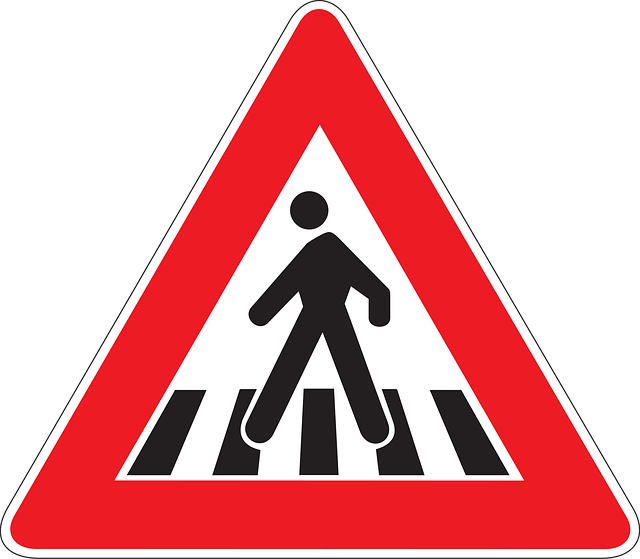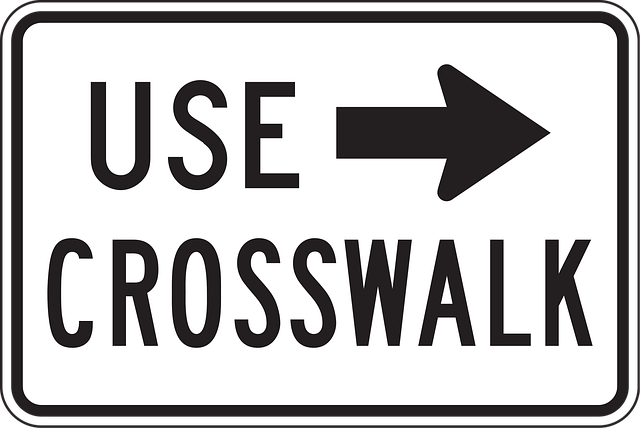Non-verbal communication, like eye contact and gestures, aids drivers in expressing intentions and staying aware. Aligning these cues with rules (e.g., speed limits) enhances safety, especially during winter or in busy cities. Planning, active listening, and defining purposes prevent accidents, fostering a secure driving experience for all through effective Road Safety Tips.
Effective communication is a vital road safety tip that often goes overlooked. Mastering the art of conveying intentions clearly can prevent misunderstandings and promote safer interactions on the road. From deciphering non-verbal cues like body language to choosing words with precision, this guide offers practical tips. Learn how setting clear intentions through active listening fosters empathy, enhancing your ability to navigate potential hazards together.
- Understand Non-Verbal Cues: Body Language Speaks Volumes
- Choose Words Carefully: Clarity is Key for Effective Communication
- Set Intentions: Define Your Purpose Before You Speak
- Active Listening: Empathy Builds Bridges, Misunderstanding Burns Them
Understand Non-Verbal Cues: Body Language Speaks Volumes

Understanding non-verbal cues is an essential aspect of effective communication, especially when it comes to road safety. Body language speaks volumes; it can convey messages that words alone might miss. When driving, drivers should be aware of their own and other road users’ body language to ensure safe navigation, particularly on narrow or winding roads.
For instance, maintaining eye contact while scanning the surroundings shows awareness and intention to drive safely. Adjusting your seat position and ensuring a clear line of sight are also vital tips for navigating narrow roads safely. Moreover, knowing when to use gestures to signal intentions, like indicating turns or stops, is crucial. Always remember that these non-verbal cues should align with road safety practices, such as adhering to speed limits and following traffic rules, to ensure a secure driving experience during winter or any season, incorporating roadside assistance essentials for peace of mind.
Choose Words Carefully: Clarity is Key for Effective Communication

When communicating your intentions, whether verbally or through actions, choosing the right words is essential. In any context, but especially in dynamic environments like traffic, clear communication can prevent accidents and promote a safer atmosphere. For instance, when driving, adhering to road safety tips involves not just following speed limits but also meticulously using turn signals and maintaining safe following distances in traffic. This careful selection of words or actions ensures that other drivers, pedestrians, and cyclists understand your moves, reducing the risk of collisions.
Furthermore, effective communication during winter driving practices or navigating busy city streets safely necessitates precision. Winter motorists should know the importance of adjusting their speed and keeping a greater distance from other vehicles to account for reduced traction. In bustling cities, clear hand gestures, well-timed signals, and vocal cues can help maintain order and prevent confusion, especially when roads are crowded. Thus, selecting words and executing signals thoughtfully contribute to an overall safer driving experience for everyone on the road.
Set Intentions: Define Your Purpose Before You Speak

Before you communicate your intentions on the road, it’s crucial to define your purpose—a fundamental step in ensuring safe travels for everyone. Take a moment to consider your journey and potential obstacles. Are there signs of a potentially dangerous driver ahead? Maybe you need to navigate a busy intersection or signal your intent to merge into heavy traffic.
Setting clear intentions starts with planning. For instance, if you’re transporting children, remember the importance of bicycle safety rules for kids, ensuring they are buckled up properly with child safety locks securely installed. By doing so, you not only communicate your intentions but also actively contribute to road safety, creating a harmonious and secure environment for all users.
Active Listening: Empathy Builds Bridges, Misunderstanding Burns Them

Effective communication is a crucial road safety tip that often goes overlooked. When behind the wheel, clear and concise signaling of intentions can prevent accidents and misjudgments. Active listening, a key aspect of this, involves paying undivided attention to both verbal and non-verbal cues from other drivers, pedestrians, and your own passengers.
Empathy plays a pivotal role in active listening—it helps build bridges between individuals, fostering an environment where every driver feels heard and understood. This is particularly important for elderly drivers or those with unique needs, who might require extra consideration. By practicing active listening, you can avoid misunderstandings that may lead to hazardous situations, such as a rolled-over vehicle or accidents in construction zones. It’s a simple yet powerful tool that can significantly enhance road safety, ensuring everyone arrives at their destination safely and soundly.
Effective communication, encompassing both verbal and non-verbal cues, is a critical skill in everyday life. By understanding body language, choosing words wisely, setting clear intentions, and practicing active listening, we can improve our connections with others. These simple yet powerful strategies, such as signaling your intentions and following road safety tips for mindful driving, contribute to fostering meaningful relationships and enhancing overall communication quality.
